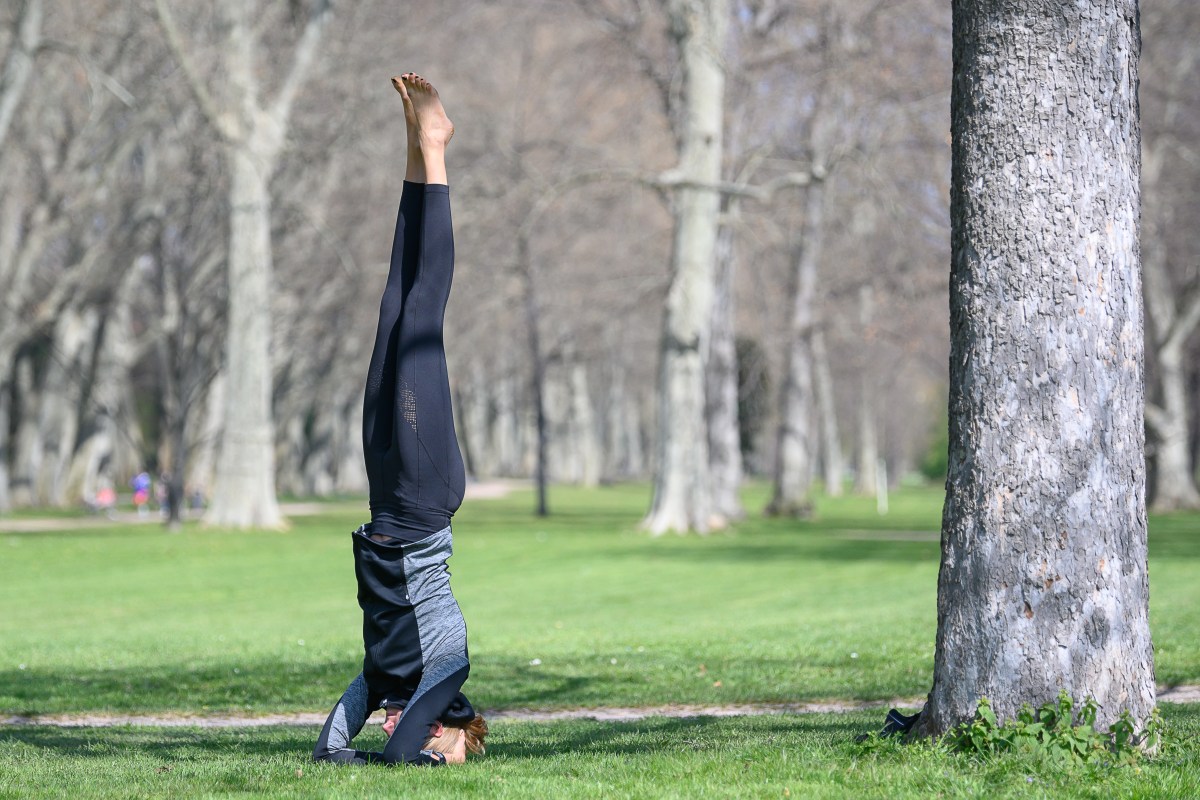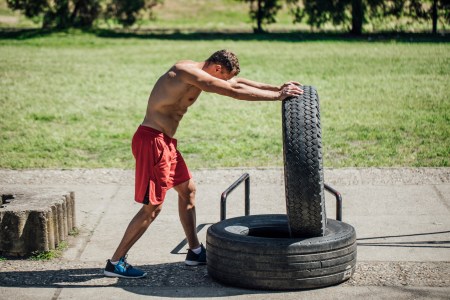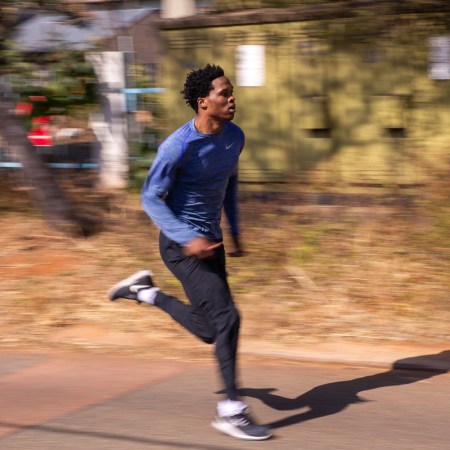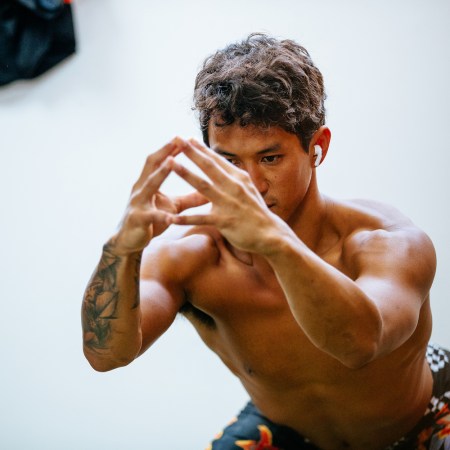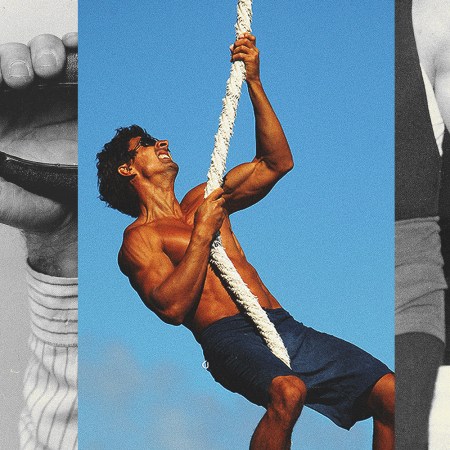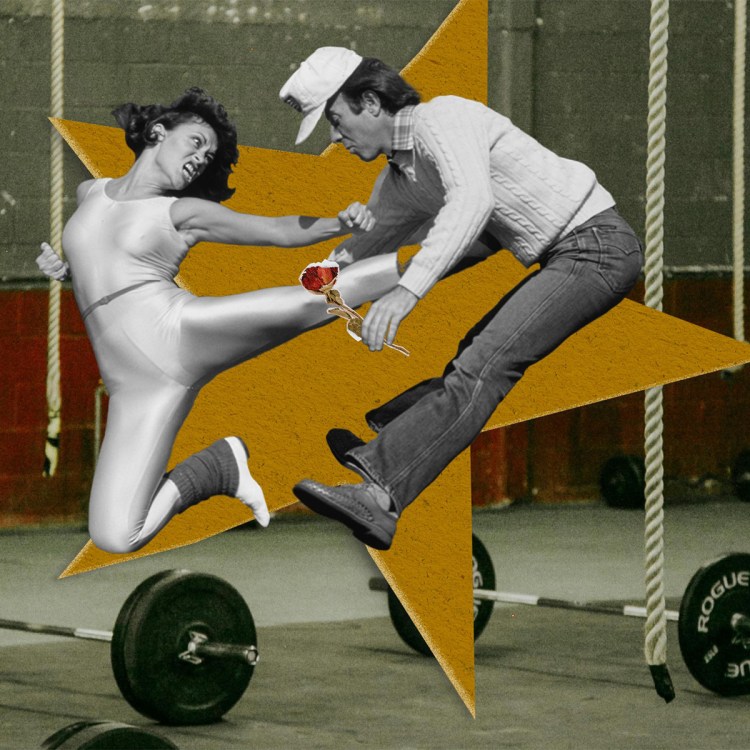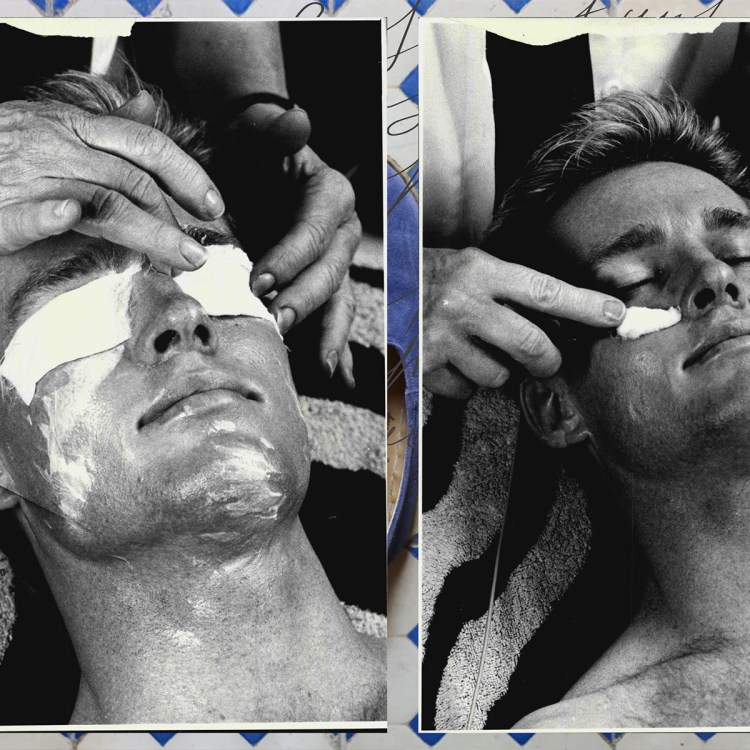In yoga, headstands are known as inversions, which is any pose where your heart is above your head. They’re thought to be restorative, because they increase blood flow to the brain and throughout the body.
According to a cursory Google search, such a pose can do everything from “improve concentration” to “stimulate the lymphatic system” to “delay hair loss.” However, scientific evidence backing this up is mostly limited to data that demonstrates how headstands impact heart rate variability, or the amount of time that fluctuates between heartbeats, which is typically an indicator for how a person’s nervous system is functioning.
Since those with a higher heart rate variability tend to be more resilient to stress, it makes sense why standing on your head could be soothing for someone having a rough day. A case study of a 66-year-old man who had done passive handstands for 40 years similarly concluded that headstands supported by a device can delay signs of aging. So the fountain of youth might exist, but you have to drink from it upside down.
The Power of Exercising Angry
A need to prove people wrong can take you far. We explore the motivation.How Helpful Are Headstands, Really?
“Headstands have numerous benefits,” confirms chiropractor Evan Norum, including “improved circulation, increased focus, and strengthened upper body and core muscles.” And yet, much of this upside hinges on proper alignment and form. But, without the contraption that that 66-year-old man had, and without the same skill set as the showoff in yoga class, attempting a headstand comes at a high risk.
Headstands without proper form can exacerbate “age-related wear and tear affecting the spinal disks in the neck,” or compress the neck and spindle cord, Norum warns, resulting in a condition known as cervical myelopathy. These and other more minor injuries can lead to chronic pain, which will make it more difficult to drive a car, work on a computer or get a restful night’s sleep.
It’s worth noting that other research shows that sleep deprivation can prolong the recovery process after getting hurt — not to mention, reverse many of the benefits of yoga in general by promoting inflammation. In other words, if you’re attempting a headstand without the proper support and skills, you’re literally putting your neck out.
Testing Them Myself
Based on these potential negative outcomes, I’d soon developed more fear than respect for headstands. Part of what makes them particularly precarious is that they require strength in your core, spine and shoulders, Norum explains, but also a level of confidence that I did not have. The math alone filled me with anxiety. Estimates indicate my legs account for about 37 percent of my total body weight, or closer to 33 percent for men. I wasn’t about to trust my melted candle of a spine to lift upwards of 50 pounds over the rest of my body.
Norum assured me that alternatives like a supported shoulder stand or legs-up-the-wall poses — more supportive inversions that I was already comfortable doing — would “provide many of the same advantages as a headstand, such as improved circulation and relaxation, without the same level of risk.”
I recommend a plow pose or a supported shoulder stand to end a yoga class. (Many people, including my Baby Boomer parents, can put their legs up against a wall at a right angle while lying on the floor.) This is a great motivator to vacuum, along with a healthy little habit most of us can incorporate into our routines at any fitness level.
Ultimately, no matter how many YouTube tutorials I consulted with or yoga classes I took, I still did not feel comfortable doing a classic headstand unless it was with the help of a trusted instructor, or a wall. When there are safer alternative poses that come with similar gains, it did not feel like it was worth the risk of pushing myself, when I have enough neck issues from hunching over a laptop.
The Charge will help you move better, think clearer and stay in the game longer. Subscribe to our wellness newsletter today.
